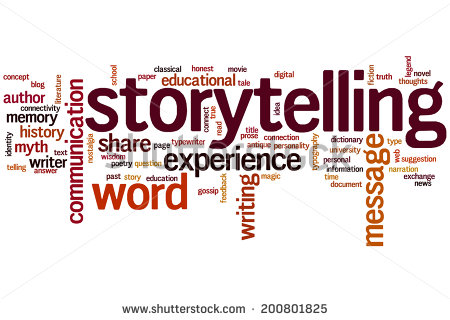

We respond to stories, particularly when there is emotional detail, and remember information given in story form much more vividly. Rather than a list of dry facts, stories have a narrative or sequence and they introduce people or characters. Stories take many forms, but they usually have some elements in common. ‘They can help us appeal to hearts as well as minds.’ ‘Storytelling approaches help us inform debate and discussion, raise awareness of the work of our grant holders and people we work with as well as help bring key issues to life.’ says Cathy Irving, Director of Communications at the Health Foundation. (You can read about the impact one patient’s story had in our recent blog on improving whole system flow.) At the Health Foundation, we find that storytelling helps to communicate in a powerful way the lessons emerging from some of the projects we fund in the NHS. Sharing the story of a patient or frontline worker with a board or with a team can quickly and effectively bring a situation to life and focus discussions around quality improvement and patient experience. Statistics and data have an important place in monitoring and understanding services and facilitating improvement, but the right story can also have the power to motivate and change minds. Telling the story of one patient’s experience of care can memorably illustrate improvements or problems in a care pathway. In health care, stories are proving to be a useful tool in engaging people with quality improvement work. ‘Stories are the way we understand and make sense of the world we find ourselves in.’ says Clare Patey, Director of the Empathy Museum. Stories are also recognised as an important way of connecting with any audience and storytelling is increasingly used in workplaces, advertising and fundraising. Stories are part of our daily lives, in the anecdotes we tell to our friends, the books we read and the films we watch. We’re all familiar with traditional forms of storytelling, such as fairytales and legends, and these oral and written stories continue to evolve as they are retold and brought to life in different forms.īut storytelling does not just take place within a pool of lamplight in a nursery or round a campfire. Perhaps the first thing that springs to mind when you think of storytelling is a childhood experience of being told a story or a story that you have told a child, doing a different voice for every character. We spoke to Clare Patey, Director of the Empathy Museum, and Cathy Irving, Director of Communications at the Health Foundation, about the transformative power of storytelling and its potential to bring about change. A good story engages our curiosity, emotions and imagination. Through imagination, we tap into creativity that is the foundation of innovation, self-discovery, and change.Stories have been used to hand down learning and knowledge for thousands of years. We can step out of our own shoes, see differently, and increase our empathy for others.

By engaging our imagination, we become participants in the narrative.

They connect us to a larger self and universal truths. They are timeless links to ancient traditions, legends, archetypes, myths, and symbols. Stories have always been a primal form of communication.There are several psychological reasons why stories are so powerful. Stories leap-frog the technology and bring us to the core of the experience, as any good storyteller (transmedia or otherwise) knows.


 0 kommentar(er)
0 kommentar(er)
